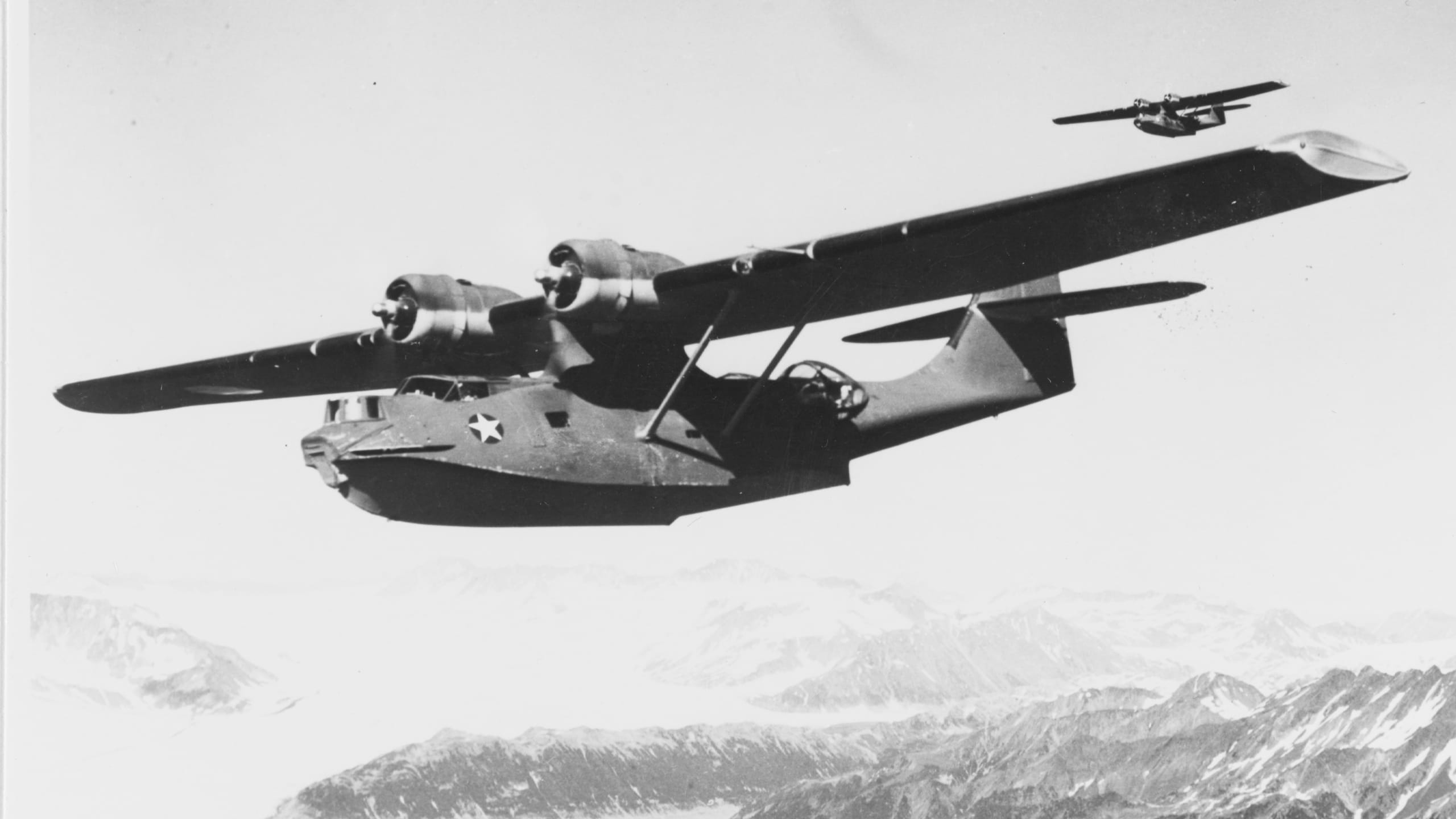In 1933, the U.S. Navy noticed Japan’s growing influence in the Pacific and requested designs from manufacturers for a military patrol flying boat with a range of 3,000 miles and a minimum cruising speed of 100 mph to patrol Pacific seas in search of hostile naval forces. The result was the Consolidated PBY Catalina.
The U.S. Navy favored flying boats such as the PBY Catalina as they did not require runways and could be called upon for multiple tasks. The Martin PBM Mariner was developed to complement the Catalina, and the much larger Consolidated PB2Y Coronado was already in the design phase when the first Catalina came off the assembly line.
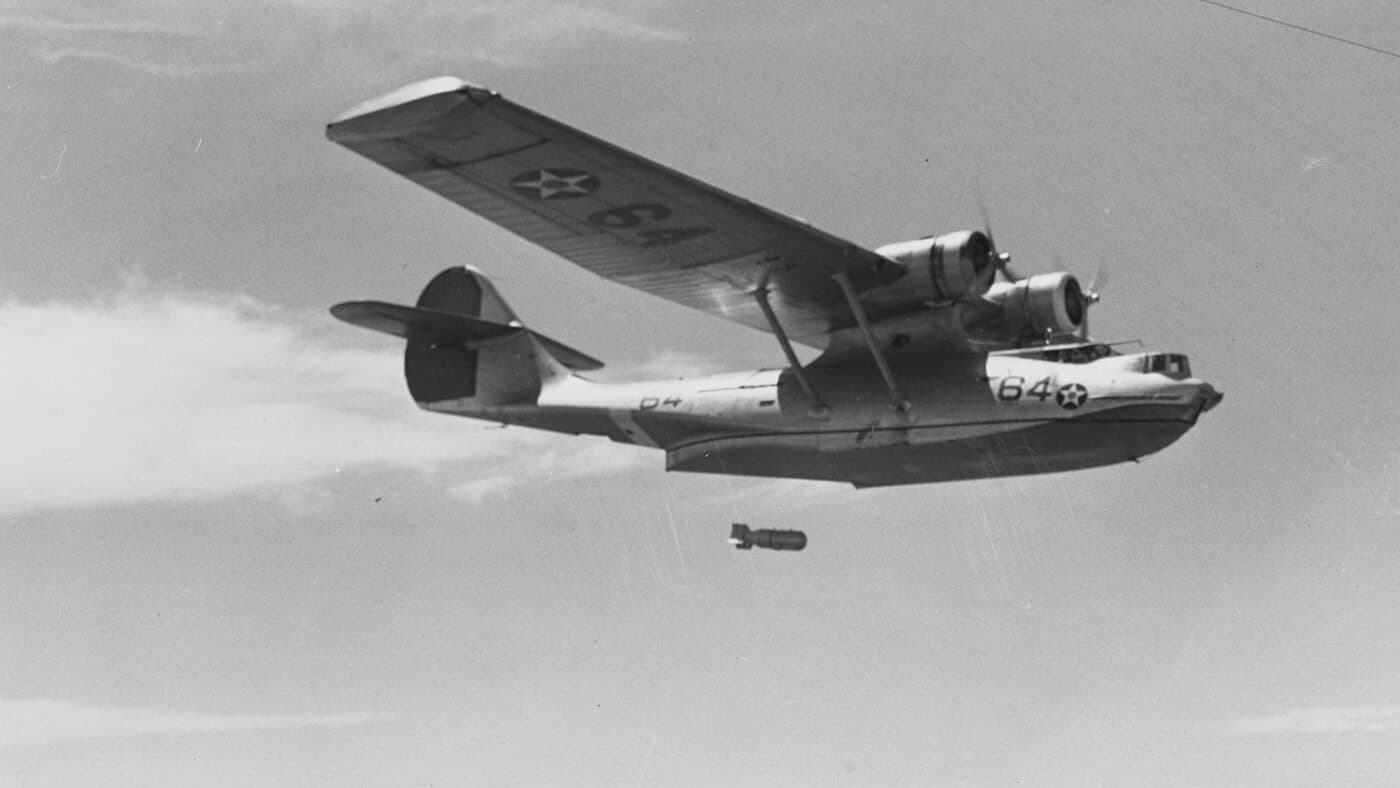
The Consolidated XP3Y-1 and Douglas XP3D-1 prototypes met the U.S. Navy’s design criteria, and the Douglas version took to the air a month earlier. Still, the Consolidated entry was given the win as it was less expensive than the Douglas version, coming in at $90,000 per aircraft, compared to $110,000 for the Douglas.
Why Name It Catalina?
The PBY portion of the flying boat’s name was standard U.S. Navy naming protocol, as P = Patrol, B = Bomber, and Y was the manufacturer code for Consolidated aircraft. The British practice of naming seaplanes after coastal port towns applied to the Royal Canadian Air Force, and their PBY’s were named “Canso” after a village in Nova Scotia.
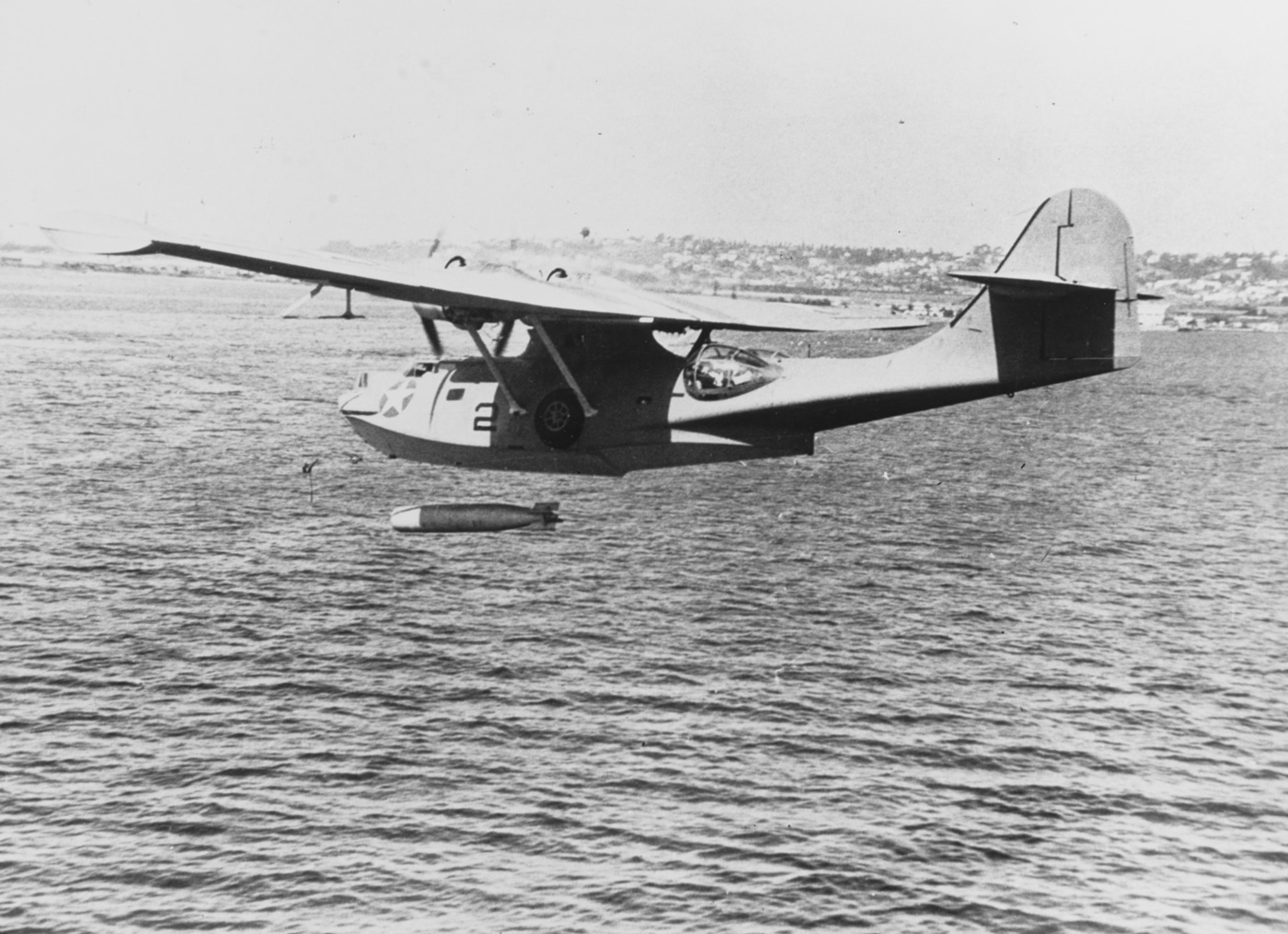
The Royal Air Force, however, named their PBYs “Catalina,” and it is rumored that Consolidated president Reuben Fleet may have “suggested” the name to the RAF as this was the name of Catalina Island off the coast of California not too far from the Consolidated factory. The U.S. Navy also adopted the Catalina name in October 1941.
PBY Design & Construction
The Catalina was designed by Consolidated Aircraft Chief Engineer Isaac “Mac” Laddon, who joined the company in 1927. Laddon had a success rate that was hard to match. Within a year, he designed Consolidated’s first seaplane, the Admiral XPY-1 Flying Boat. Then, he moved on to the Catalina.
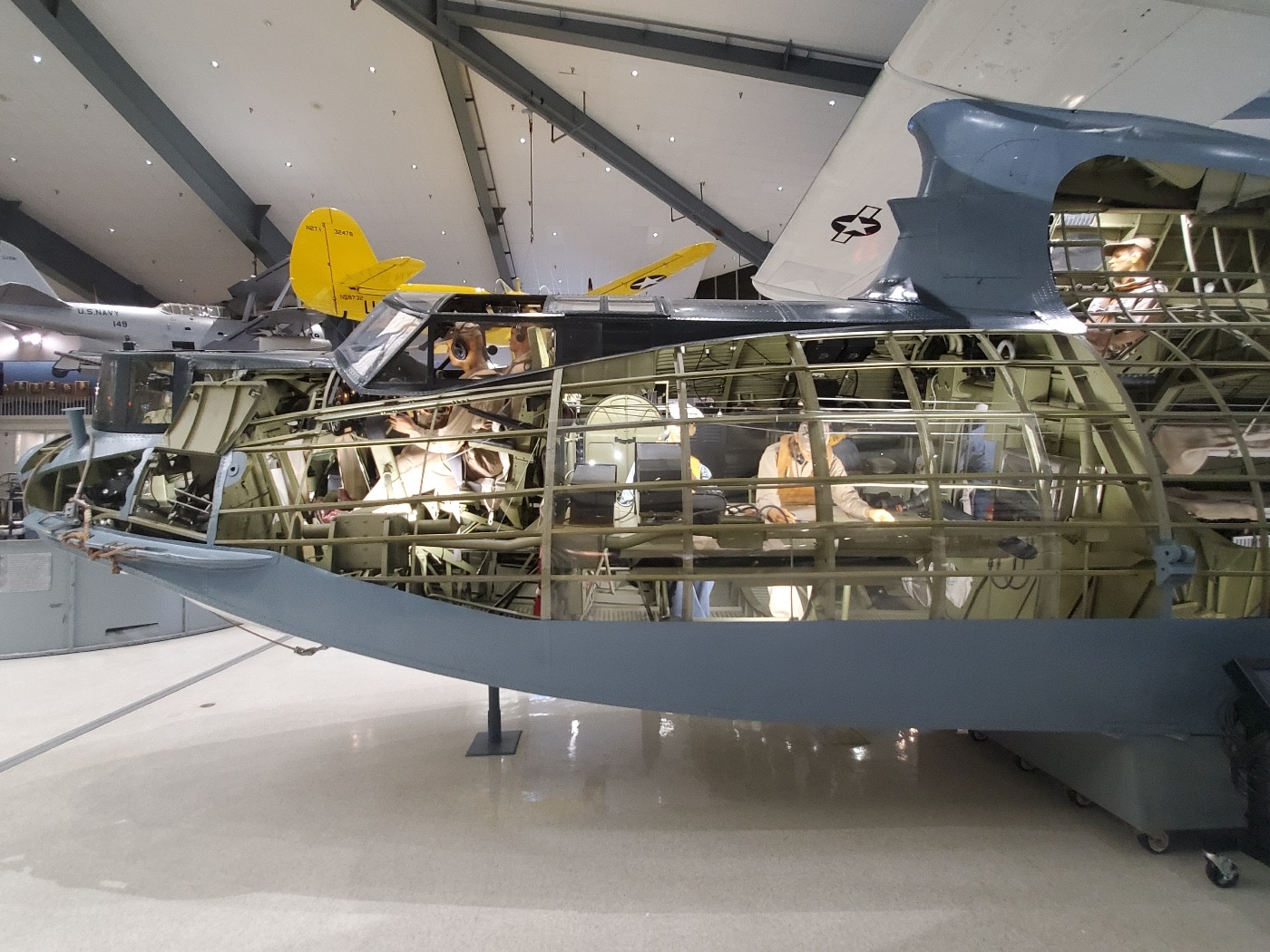
The successes continued with the most produced bomber of World War II, the B-24, and then the mother of all bombers, the B-36 Peacemaker, powered by six piston engines and four jet engines, a.k.a. “six turning and four burning.” Laddon believed a designer was responsible for his work and was on board for every first flight of his designs.
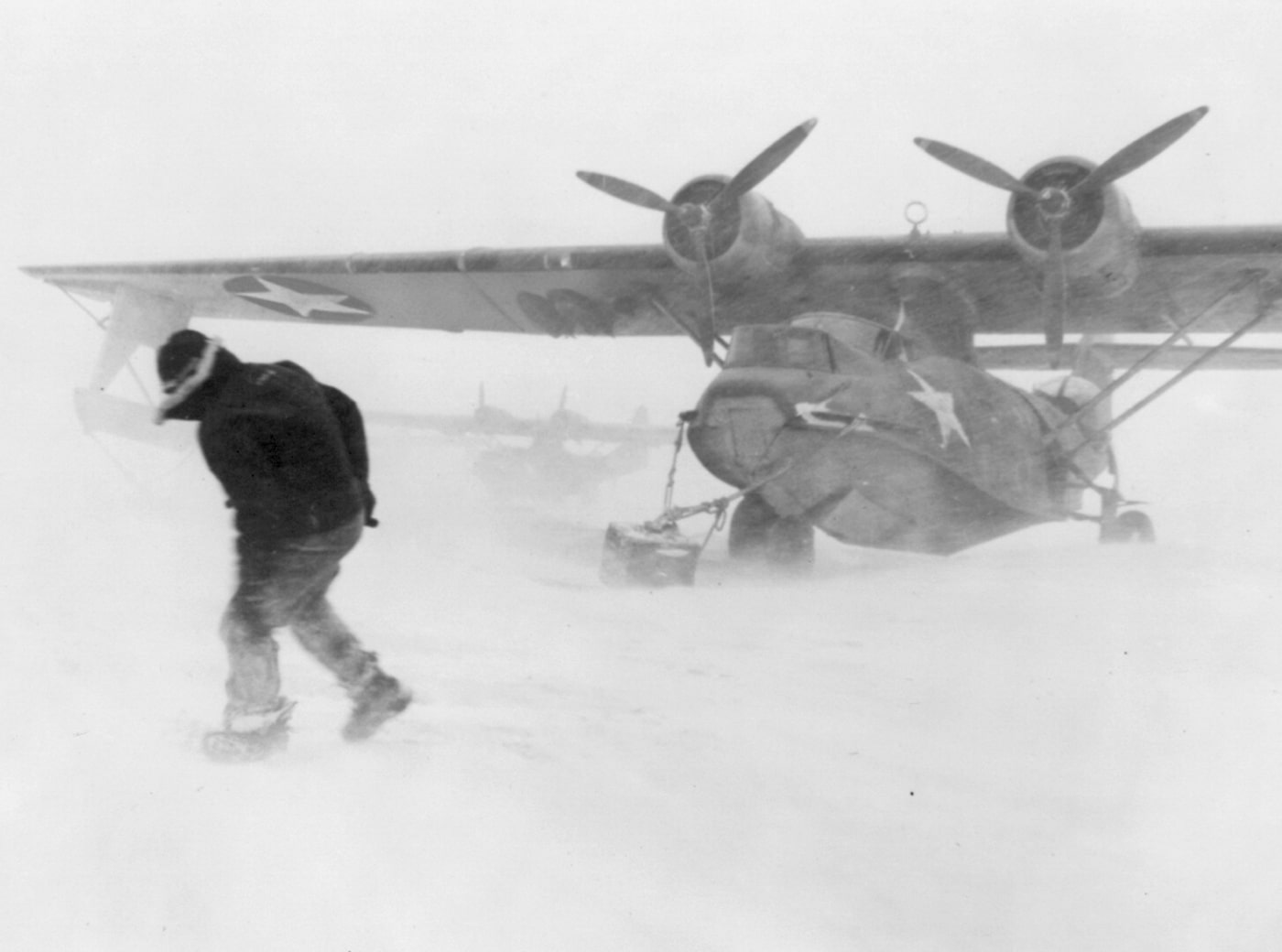
Laddon’s design of the Catalina featured a parasol wing mounted on a pylon over the fuselage with external struts for bracing. The wingtip stabilizing floats were retractable in flight for better aerodynamics.
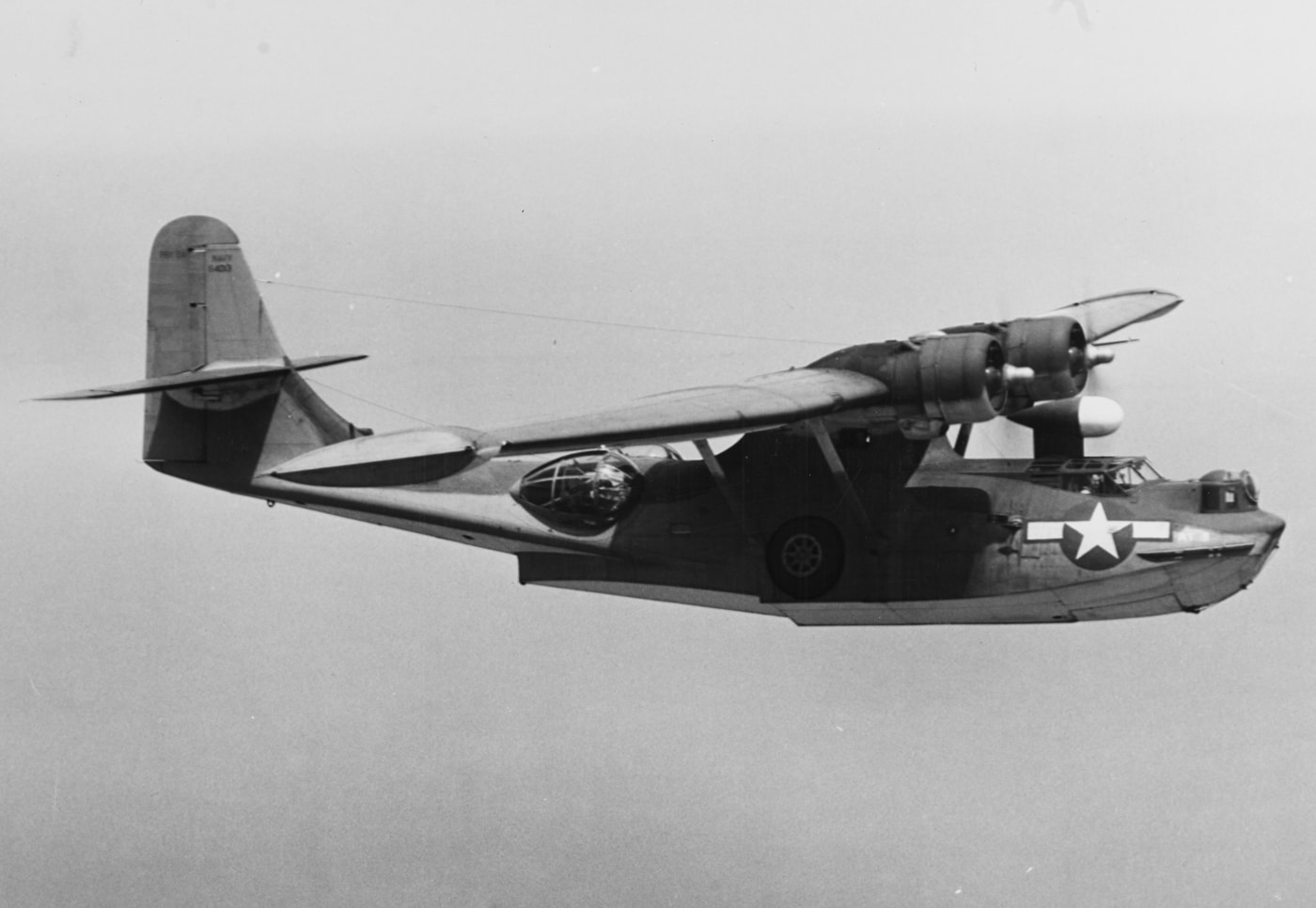
It was constructed using stressed skin aluminum sheets riveted to an aluminum frame. The rivets were kept frozen before being driven into place to make the joints even tighter when the rivets expanded to room temperature.
The only exceptions were the ailerons and the wing’s trailing edge, which were covered in fabric to reduce weight. The cotton fabric was sewn by hand, with the seams sealed with varnish to give them rigidity and water-resistance.
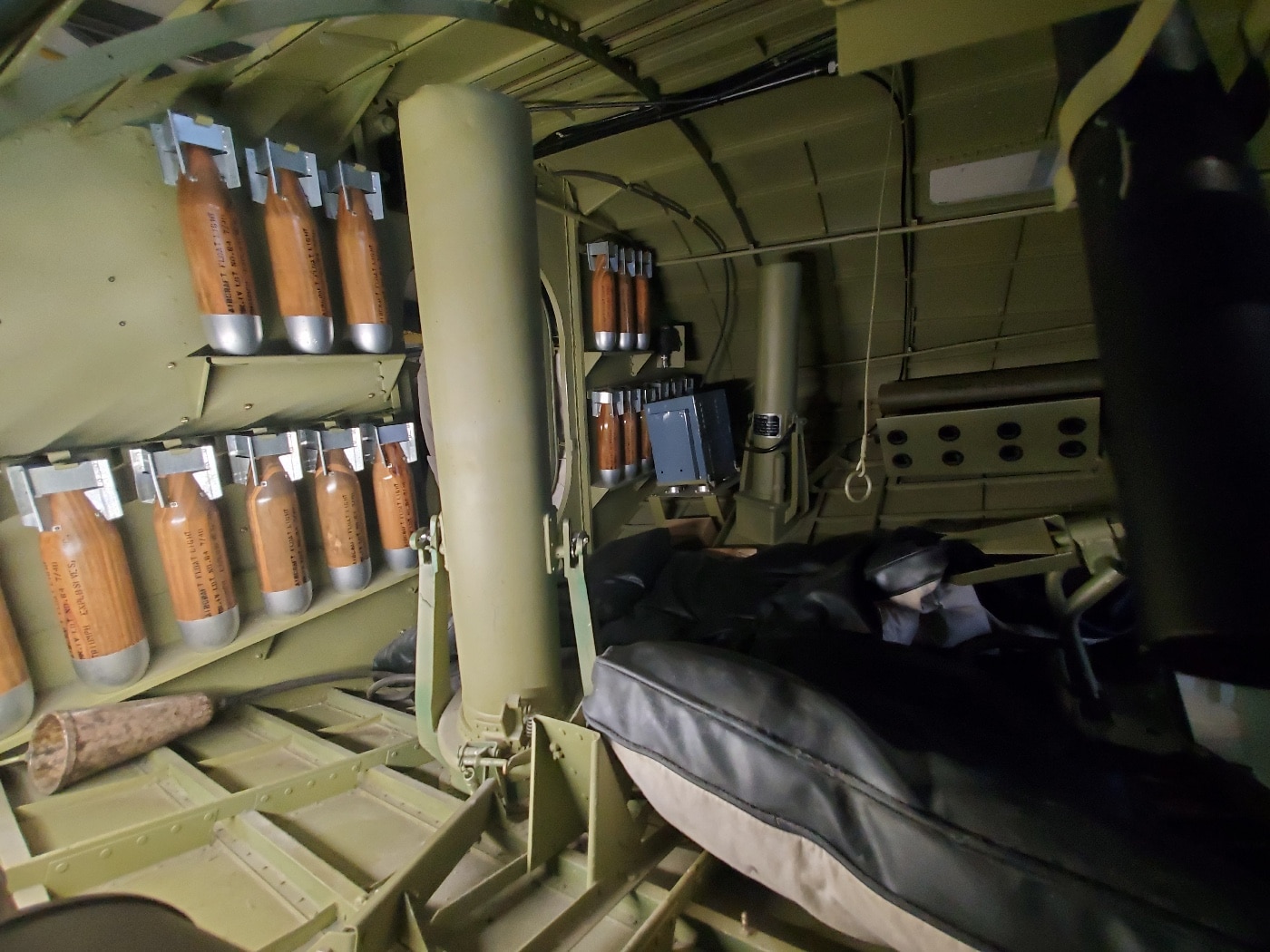
It was powered by two 825 horsepower Pratt & Whitney R-1830-58 Twin Wasp motors. These motors would be upgraded and powered the Catalina throughout its production run.
Armament of the PBY Catalina
The Catalina was equipped with two bomb racks on the underside of each wing, which could carry 4,000 lbs. of ordinance.
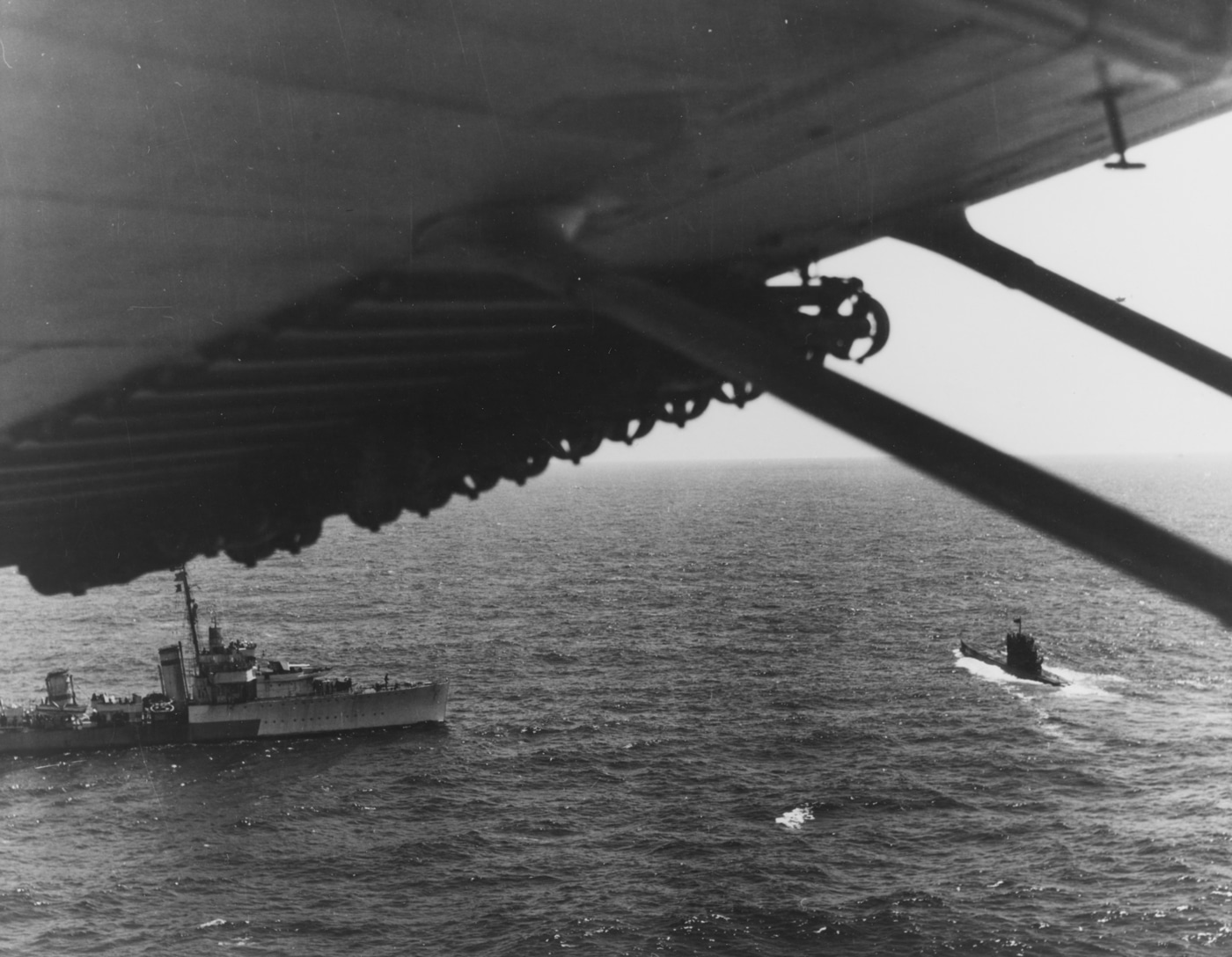
Two M2 .50-cal. machine guns were located in each waist blister, and three M1919 .30 caliber machine guns were spread around the plane. Two were mounted in the nose turret, and one in a ventral hatch at the tail. It was also equipped with flotation lights that were used to mark targets or locations of downed airmen.
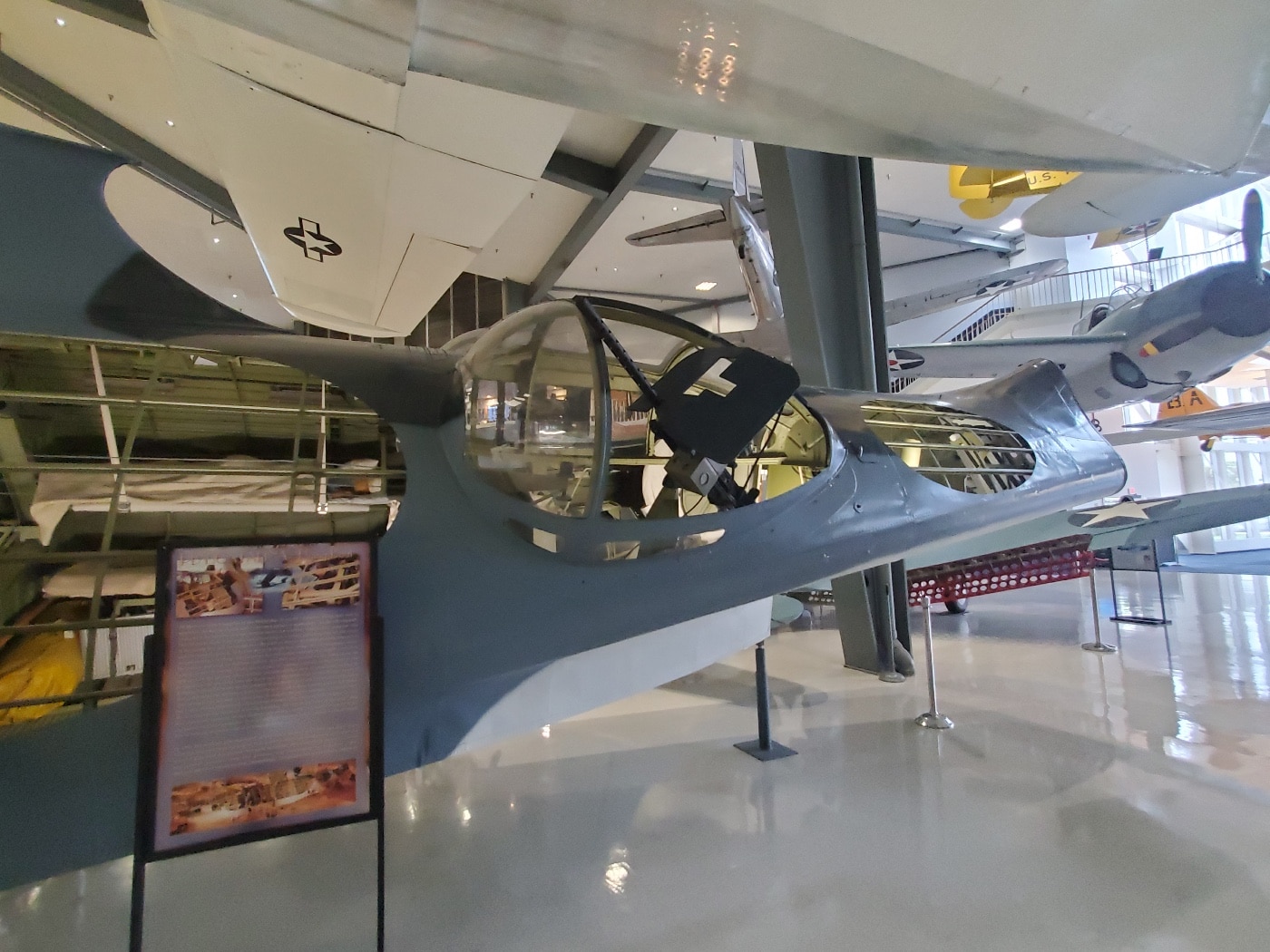
War Record of the PBY Flying Boat
In May 1941, a Catalina flown by the RAF through the lend-lease program spotted the German Battleship Bismarck and relayed its location to the British Royal Navy. The following attack caused critical damage, causing the Kriegsmarine to scuttle the ship to prevent the British Navy from boarding.
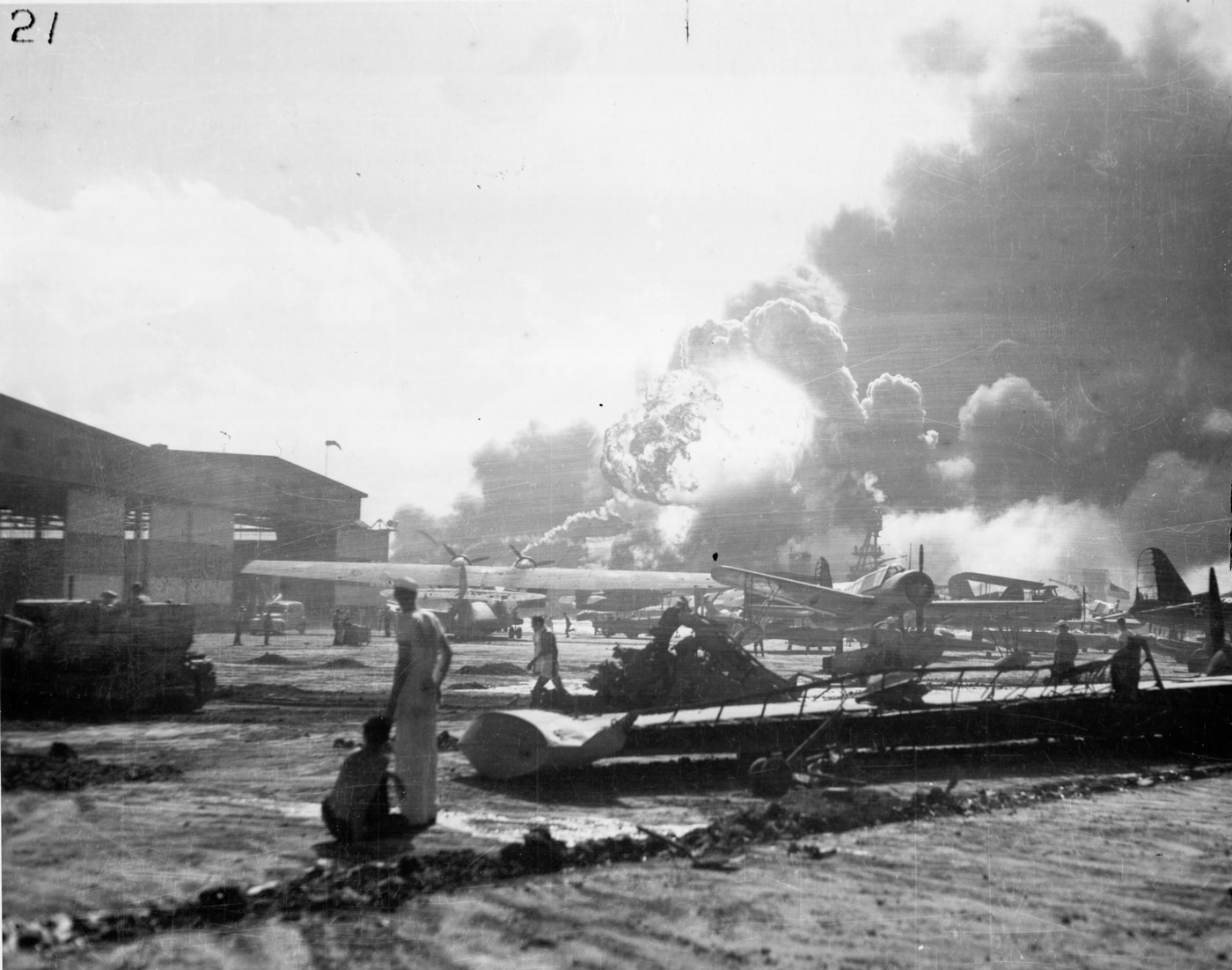
During the Attack on Pearl Harbor, a Catalina made the sole attack on the Japanese forces when it bombed a Midget submarine.
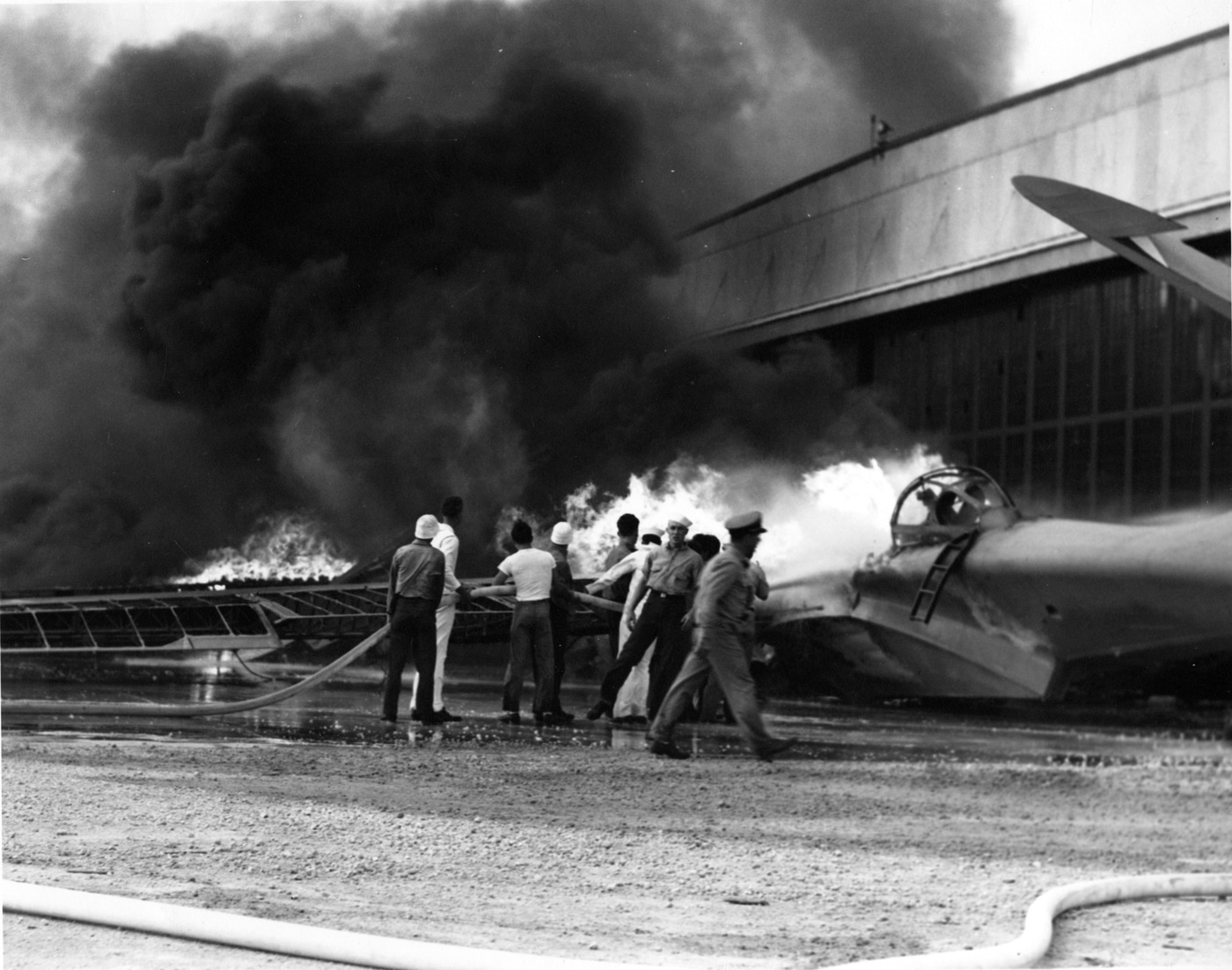
On December 10, 1941, during an attack on the Cavite Naval Yard in the Philippines, a PBY was attacked by three Japanese Zeros. One of the Zero’s was shot down by the Catalinas bow gunner, which was the U.S. Navy’s first air-to-air kill of a Japanese aircraft in the Pacific.
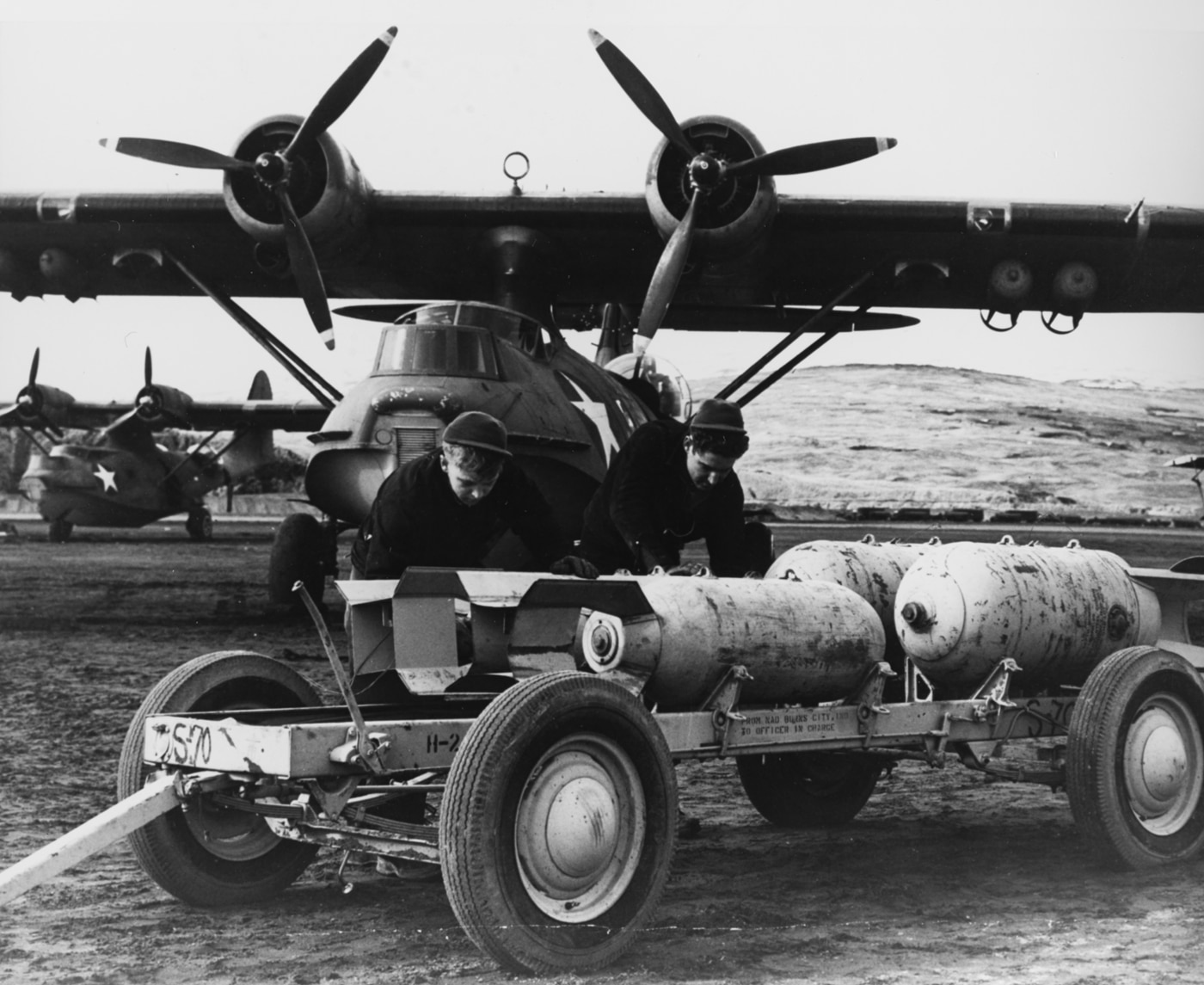
On Easter Sunday, April 5, 1942, Royal Canadian Air Force Squadron Leader Leanard Birchall patrolled the ocean to the south of Ceylon. Nine hours into the mission, ships were spotted on the horizon as the Catalina was about to return to base in Colombo. The ships were identified as the Nagumo Task Force, the primary unit responsible for the attack on Pearl Harbor.
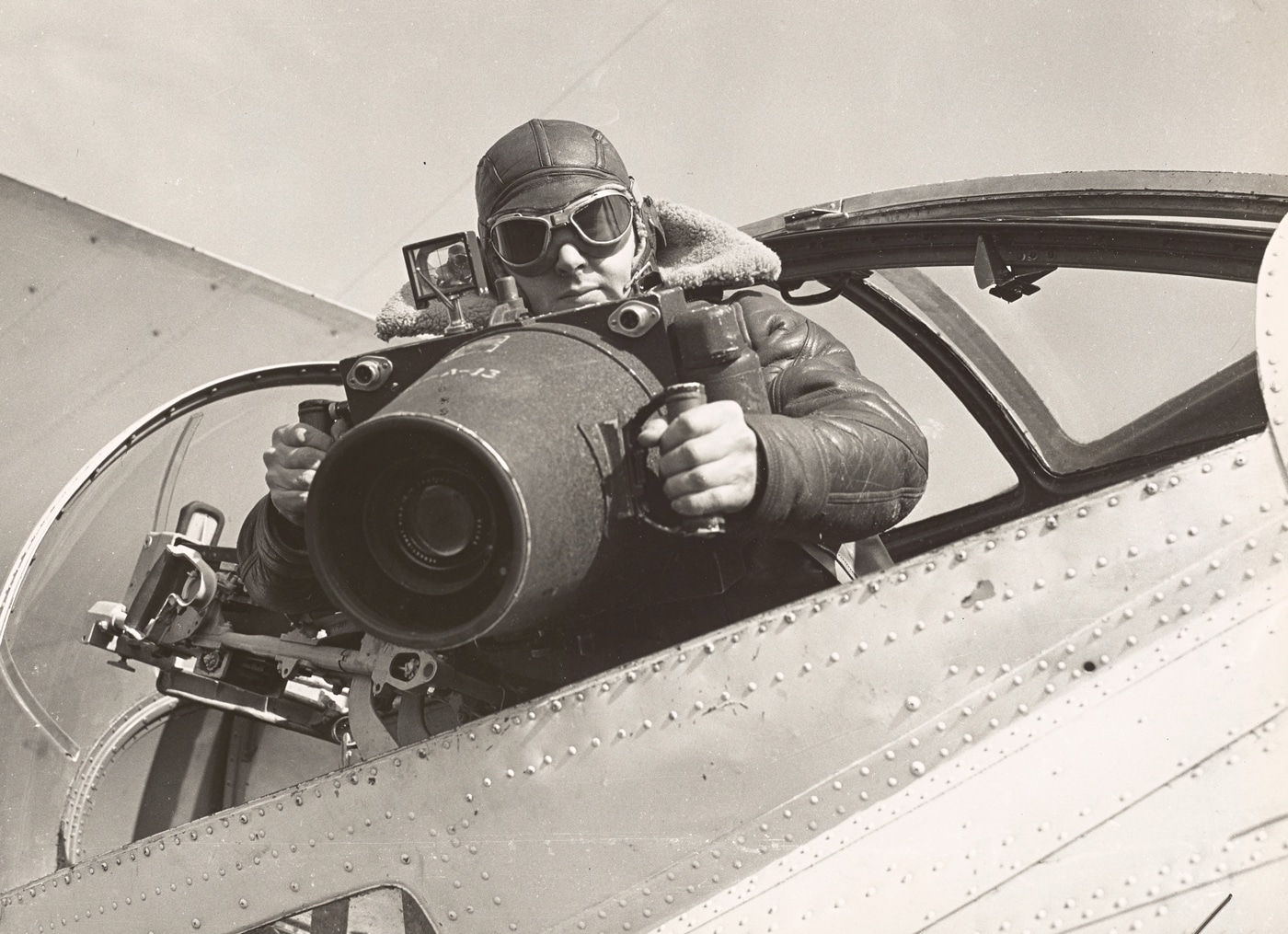
Birchall’s radio man messaged the Eastern Fleet stationed in Ceylon, warning of an imminent attack. As Birchall attempted to get back to base, his Catalina was jumped by six Mitsubishi Zero fighters and was shot down. The fighters continued to strafe the wreckage until the Catalina sank, taking two crew members with it, and then continued strafing the crew members in the water, killing one. The remaining six were captured by the destroyer Isokaze and became P.O.W.s. Birchall was dubbed the “Saviour of Ceylon.”
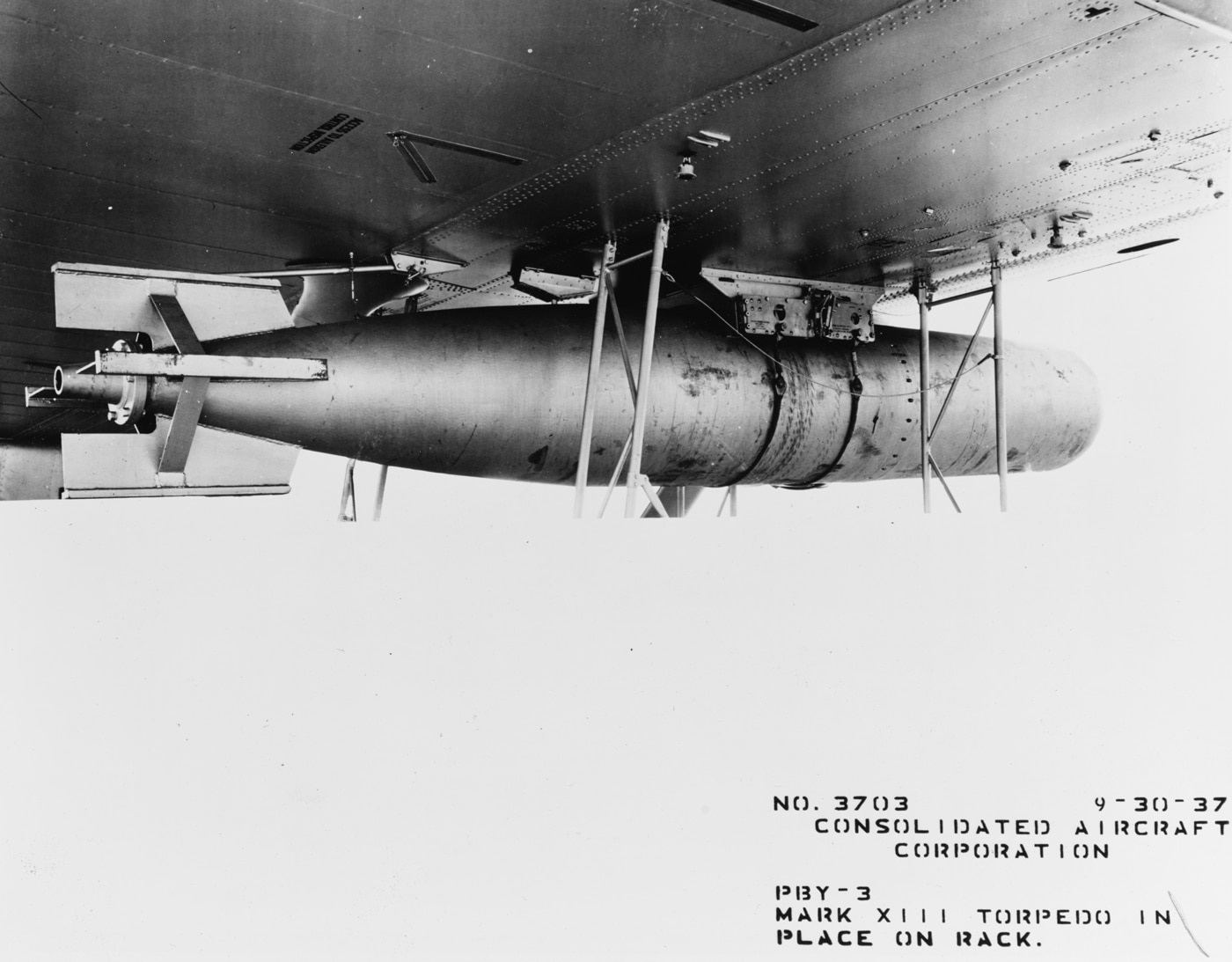
In June 1942, PBY’s spotted the incoming Japanese strike force at the Battle of Midway and gave early warning.
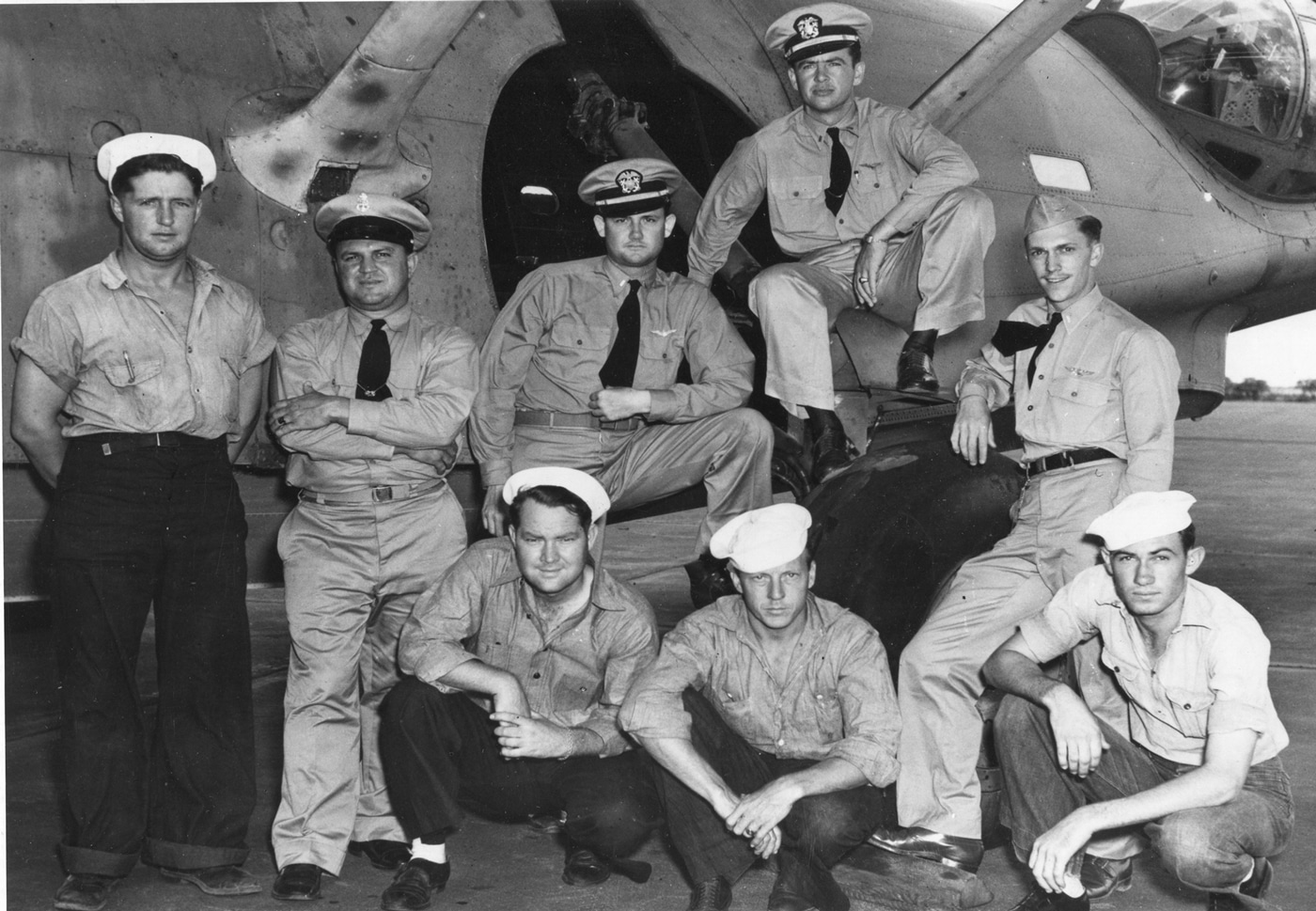
On 17 July 1944, RAAF officer John Cruickshank, piloting a Mk IV PBY Catalina, came under anti-aircraft fire from the German Submarine U-361. Although wounded, Cruickshank attacked and sank the U-Boat on his second pass. He was awarded the Victoria Cross for his courage under fire.
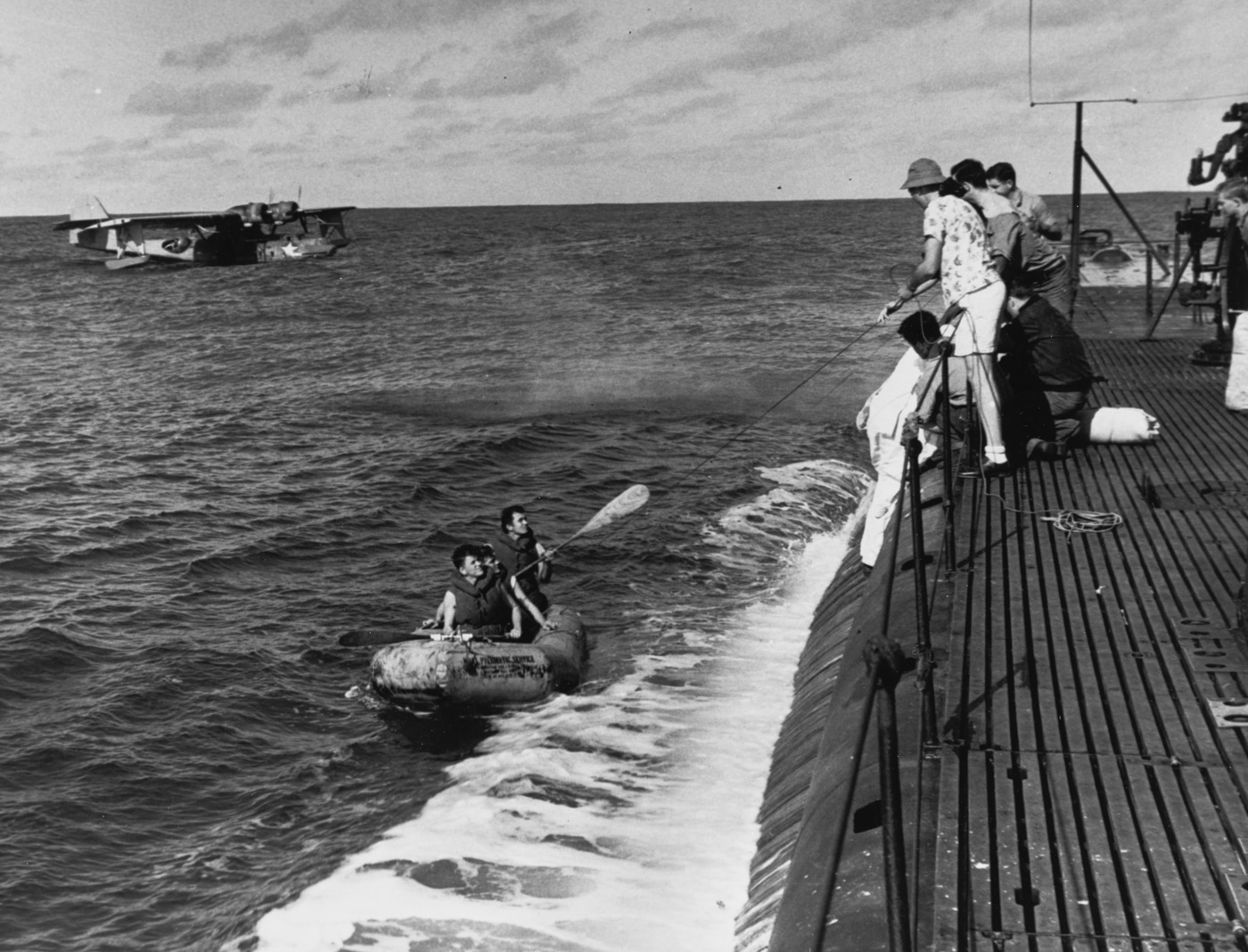
Regardless of nationality, Catalina aircrews were known to be a bit “different.” RAAF, as well as U.S. Navy crews, employed unique tactics in the Pacific while terrorizing Japanese bases. Tactics like dropping rocks, pieces of scrap metal, and a favorite, raining down beer bottles with razor blades inserted into the neck to create a screeching noise to scare the enemy soldiers.
Black Cat Squadrons
The Black Cat Squadrons were highly effective at destroying Japanese shipping and bases while conducting nighttime interdiction raids on the Tokyo Express during the Guadalcanal campaign.
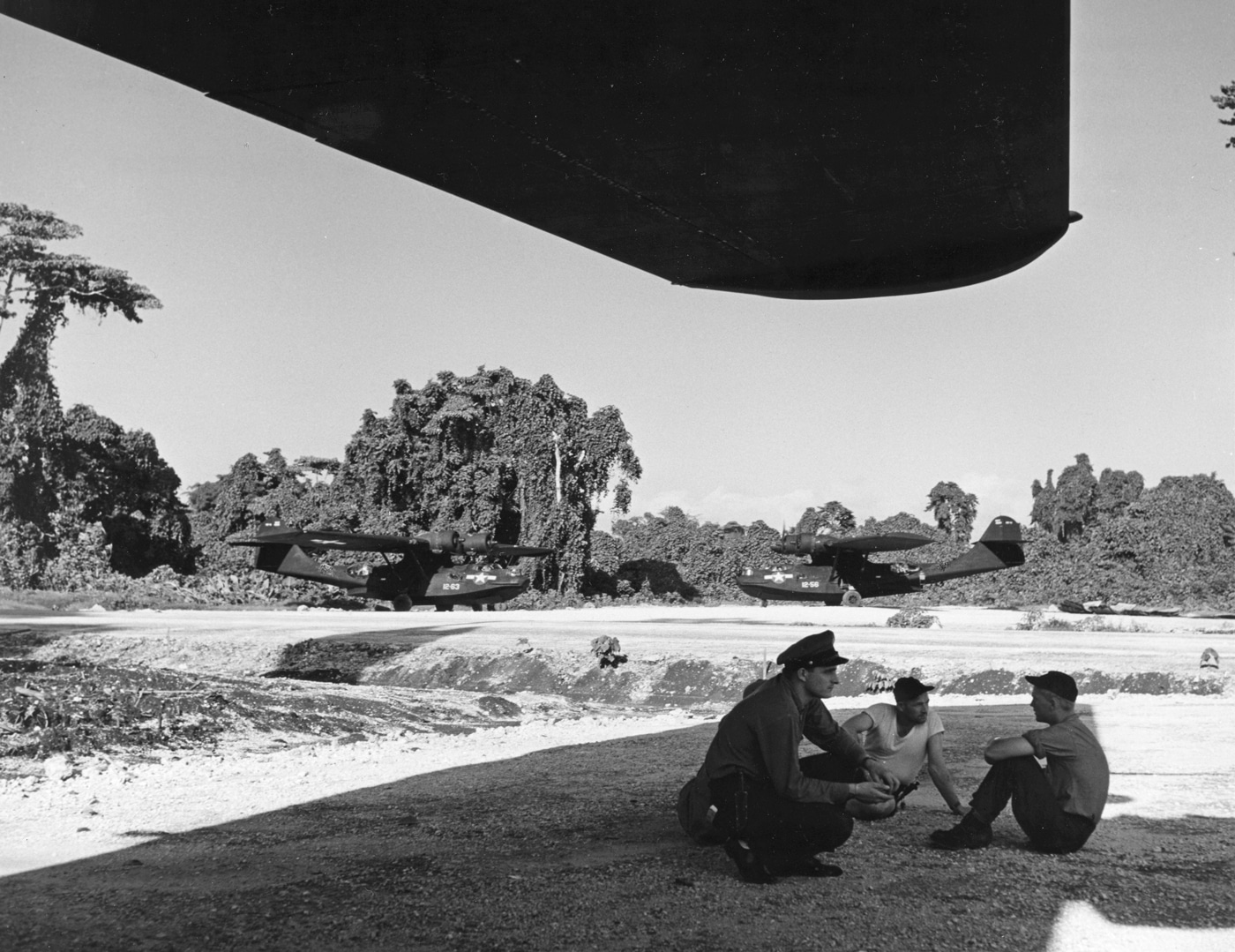
The Tokyo Express was the name given to Japanese supply operations in the Pacific Theater conducted at night using fast ships, usually destroyers — and occasionally submarines — to deliver supplies and personnel to the Solomon Islands and New Guinea. They would return to base the same night to avoid interception in the daylight.
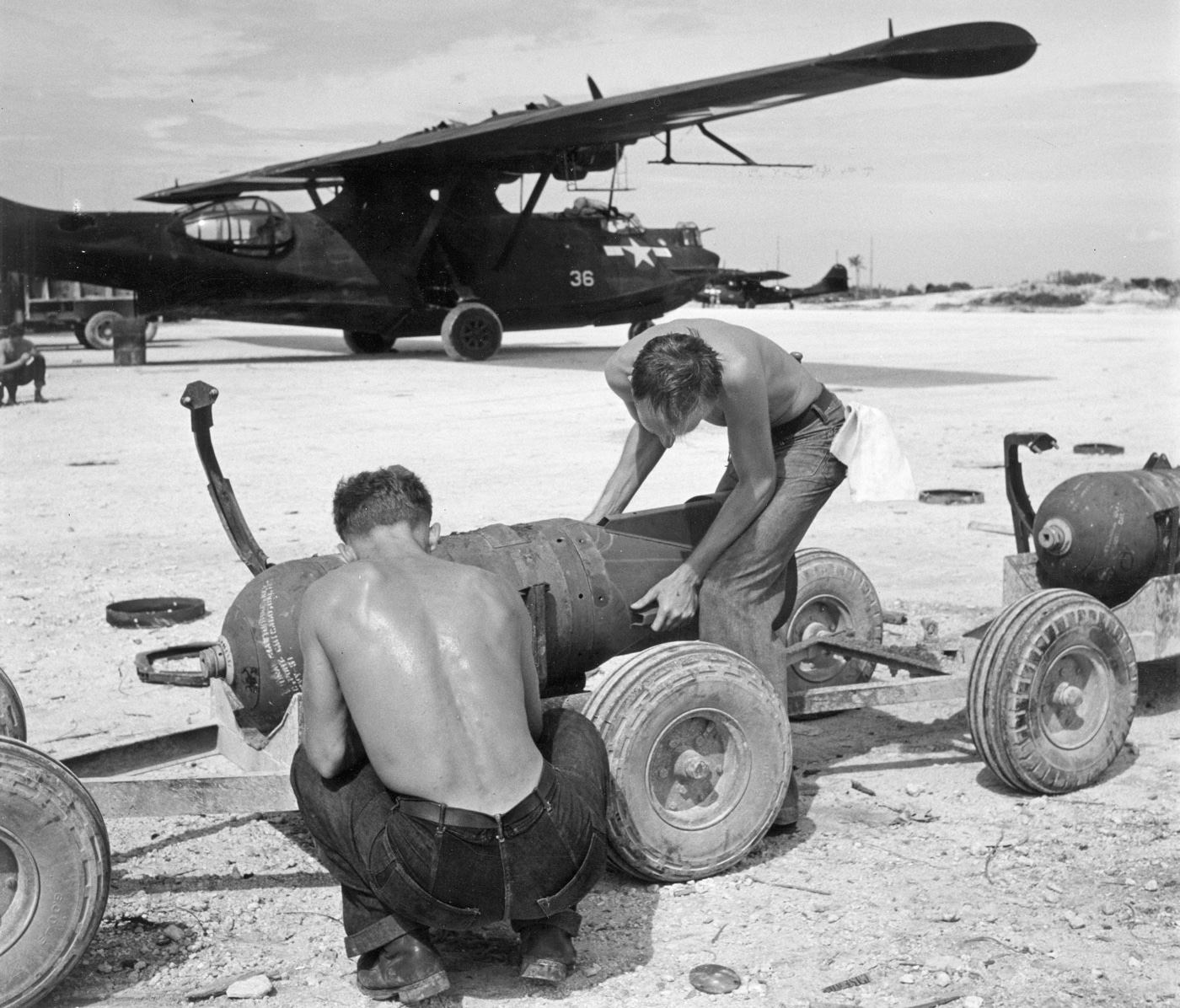
A total of 14 Black Cat Squadrons, flying matte-black-painted Catalinas at mast height, strafed, torpedoed, bombed and wreaked havoc on the enemy, destroying thousands of tons of enemy shipping.
Final Thoughts
The Consolidated PBY Catalina was a jack of all trades, used for roles it was never intended. It was a patrol bomber, rescued hundreds during search and rescue operations, and helped kill subs during anti-submarine duties.
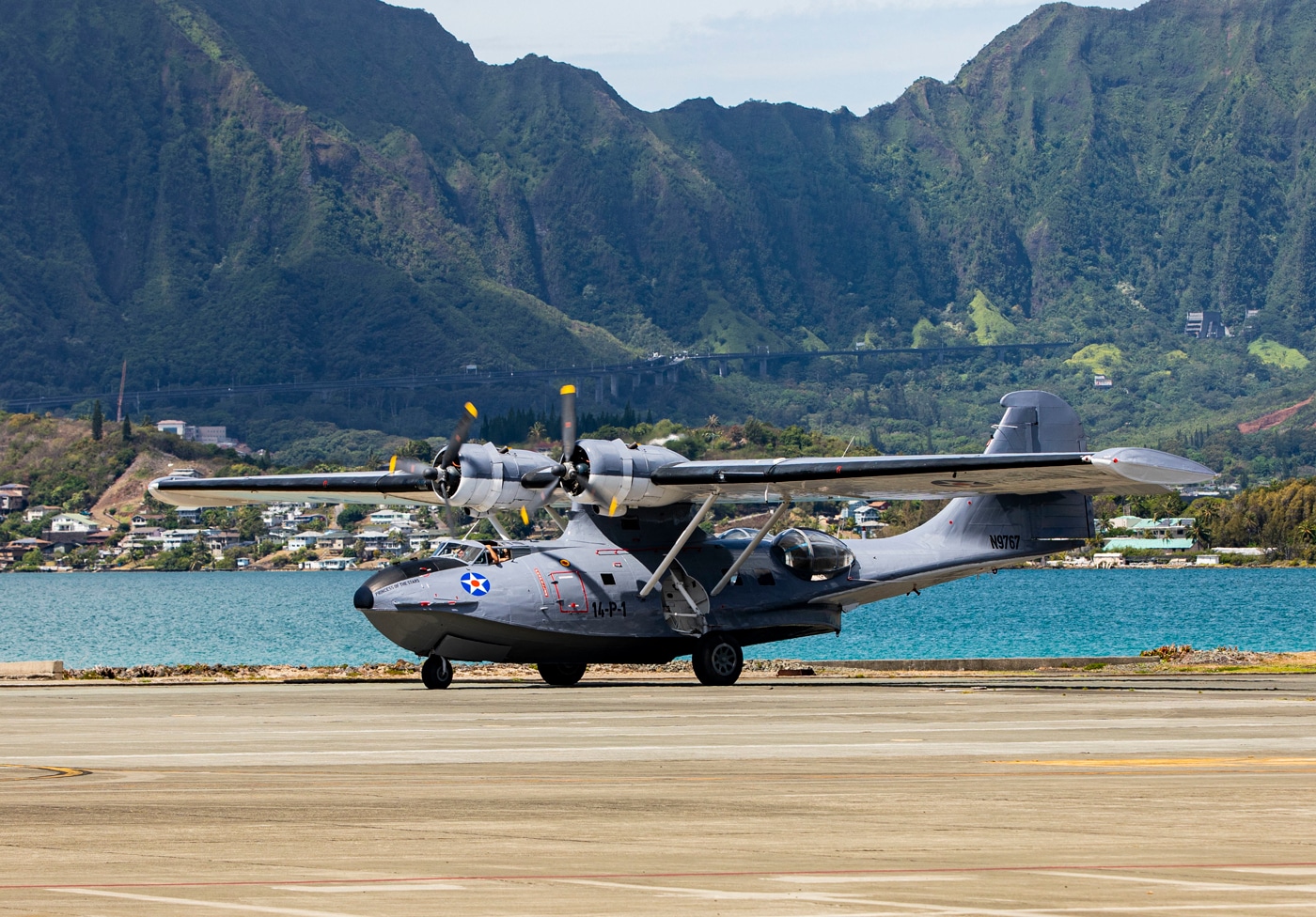
It was the most aerodynamic flying boat ever designed and the most-produced flying boat of World War II, with a production run of nearly 3,300 units. Whether it was the best isn’t nearly as important as what it accomplished.
Editor’s Note: Please be sure to check out The Armory Life Forum, where you can comment about our daily articles, as well as just talk guns and gear. Click the “Go To Forum Thread” link below to jump in!
Join the Discussion
Read the full article here




